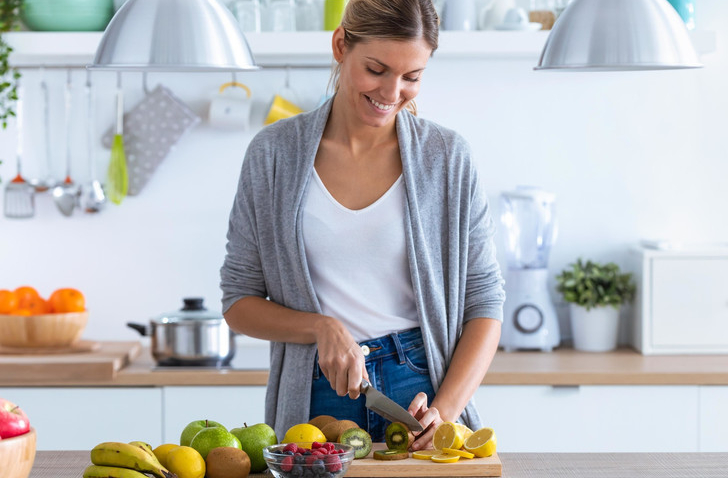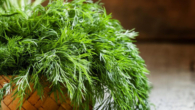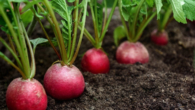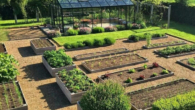
How to speed up the ripening of avocados, bananas and other fruits and vegetables
0
We are talking about methods that will help turn your favorite fruits and vegetables into tasty and ripe fruits at home.
When buying fruits and vegetables, we often face the problem that some of them are not ripe enough to be enjoyed. This happens at least due to the fact that most vegetables and fruits end up on the shelves from other countries, they are picked completely green, so that each fruit can withstand long-distance transportation. Yes, growing vegetables on our beds, we often collect green tomatoes – so we can store them longer and use them when we want. There are several techniques, thanks to which we will achieve the desired result in the shortest possible time.
Bananas
Bananas are quite a delicate fruit that quickly reacts to temperature changes (especially if they rise). Ripening fruits emit ethylene gas, the main component of this technology is the gasification of bananas, and it is often used in the processing of large shipments. Only in the absence of oxygen does the ripening process start, so put the bananas in a small paper bag (preferably dark in color) or in a cardboard box in a dark place to minimize the distance between them. Most often, it takes one day for the final ripening of bananas (2-3 days for completely green ones), in addition, the period may change depending on the temperature in the room, and an apple added to the bag will significantly speed up the process. Check the condition of the bananas so that they are not overripe and unfit for eating.
Mango
Perfect for mangoes, this method originated in India and involves burying unripe mangoes in raw rice to speed up the ripening process. Here, the same principle is used as when using the method of paper bags – obtaining ethylene. Place the mangoes in the bowl of rice so that the mangoes are completely covered by the rice, but be careful, this method is very effective and the mangoes may just overripe. So check it every 6 hours and don't leave it in the rice for too long.
Peaches
Prepare two clean linen napkins or cotton towels (most importantly, not terry towels – you need a breathable material that will not allow moisture to accumulate). The skin of peaches is very delicate, so the paper bag method is not suitable for this fruit. First, put the napkin or towel on a dry place, being sure to straighten it. Place the peaches stem side down, making sure they are not touching each other. Then cover with a second piece of cloth, folding up both napkins on the sides if possible to block the access of fresh air. It is very easy to understand that peaches are ripe: in a few days you will feel the fragrant and rather strong smell of delicate fruits.
Avocado
The method that perfectly helps avocados to ripen may seem quite unusual. You should not only put it in a paper bag, but also pour flour into it (so much that the fruit is completely covered), and then seal or glue it. The flour helps concentrate the ethylene gas released by the avocado and also absorbs residual moisture, which protects the fruit from mold and roughness as it ripens. If you still do not want to experiment with adding flour, then leave the avocado in a bag or box in a dark place, putting an apple, banana or tomato next to the avocado.
Tomatoes
Tomato ripening first depends on the temperature, it must be warm enough for the process to start. Place them on a shelf in a warm place and cover with newspaper. You can use a cardboard box or a paper bag (although it will hold less vegetables), and for an even faster result, add ethylene conductors (banana or avocado) again. If you are dealing with green tomatoes, pay attention: when the fruits are ripe, they will seem firm, but at the same time soft when lightly squeezed.









Leave a Reply